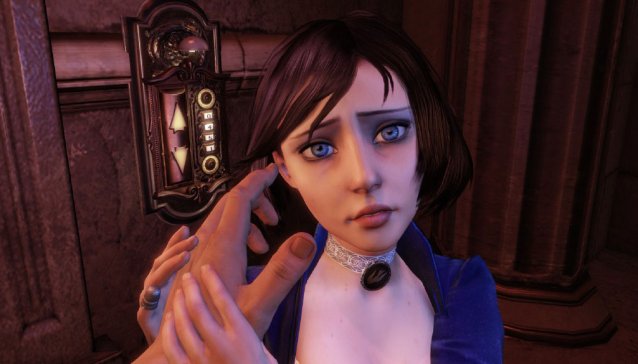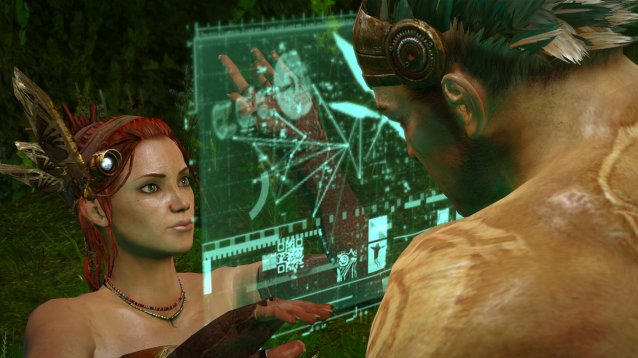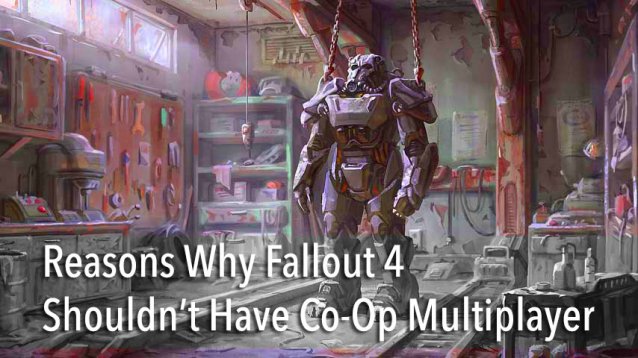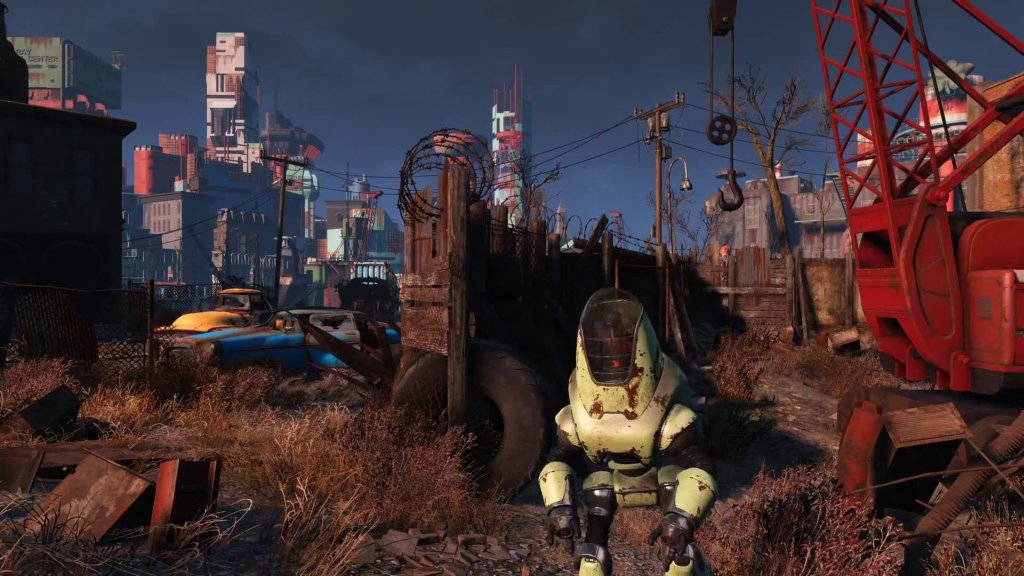


Spoiler warning: This article contains spoilers to the ending of BioShock Infinite.
In hungering for proper female representation, we’ve taken to swallowing shit.
Since the early days of BioShock Infinite’s marketing cycle, Elizabeth was a core focus of trough-bound footage and spin. We saw how her control over tears was pronounced in combat and narrative, changing the playing field or whisking you away to another world. They told us how Booker’s actions would dictate her fate and that the world would burn or thrive by her. We were fed videos on the detail put into crafting her, naming her as the one pivotal element on which the player’s experience would hinge. Elizabeth was the game’s star; Booker was just along for the ride.
When Elizabeth was relegated to the back cover, we whined. After all Irrational’s inflation, that a seemingly crucial female character would be ushered out of sight on the sole basis of her gender was a travesty. At the time, these complaints were justified.
So accustomed to her significance are they that, on the rolling of credits, many leading critics have internalized the marketing and proclaim Elizabeth as the new sliced bread. Between citations of a raised benchmark for “strong female characters” (that old chestnut) and pretending it to be as much her story as it is Booker’s, their wee gamer minds have cracked.
In truth, the front cover shows a grizzled gun-slung Booker because BioShock Infinite is Booker DeWitt, long and short. Elizabeth exists primarily as an accessory to his story. The climax of the game is predicated on his character arc, the revelation of his amnesia, his ties to Comstock. Supposed player motivations mirror Booker’s: kidnap the girl, get the guns, rescue Elizabeth, preserve her innocence, holiday in Paris. Not only is Booker Infinite’s main protagonist and antagonist, he gets to kill the villain in spite of Elizabeth’s more legitimate claim to revenge.

Fair enough--Elizabeth is absent from the first quarter of the game; for the last, she’s delegated to the role of damsel in distress. She seldom interacts with other characters beyond Booker. In combat she is invisible, regardless of how sensible it would be for the Vox to take her hostage. Of the NPCs remarked by the plot, those centric to Booker in address, nature or backstory include Comstock, Slate, Fitzroy, and the Luteces; for Elizabeth, there is Songbird and her ghostly mother, a few voxophones notwithstanding. For the most part, Elizabeth is a hanger-on.
That, again, is fair enough. Players have come to expect egocentricity from their videogames. It’s perfectly fine to deliver a game with a male protagonist, a story that revolves around him, gameplay that prioritises him and a narrative that invokes him as a direct participant. What is baffling is how a blind eye has been turned towards all this by attempting to pronounce Elizabeth as the co-protagonist, sating our desire for an improvement on the status quo by self-deluding. While it's true that games need higher quality female characters on a more regular basis, but a danger arises when in clutching at straws we become complacent and uncritical.
In ballooning Elizabeth’s value and pretending that her secondary role is "enough", we volunteer two steps back to the one barely granted forward. Already Remember Me is pegged for gender equality on the grounds of it having a female protagonist, as though the male gaze wasn’t a considerable factor in Nilin’s butt-wiggling introduction. Settling for baby steps and remaining willfully oblivious to a game's glaring faults does us little good in maintaining a healthy critical atmosphere, let alone in establishing our goals of fair gender representation as basic standards.
By accepting supporting character Elizabeth as the game’s co-star, we show blind compliance with the Infinite's marketing. For all our barking, a game of sufficient yet irrelevant popularity proves enough to whist our feminism. Bite by bite, we devour the swill against which we fight and we call it delicious.

As it happens, the icon critics thought they had found in Elizabeth already exists in another title. Similar in format to Bioshock Infinite, Enslaved’s Tripitaka acts as game-long companion for male protagonist Monkey. The pair share organic dialogue, experience a relationship shift from antagonistic to intimate, and depend on one another for their continued survival. Trip’s gameplay function is even similar to Elizabeth’s – as support in combat, opening doors, and so on.
Where Trip and Elizabeth differ is in Trip’s primacy to the plot. Despite being the player-character, Monkey features little-to-nothing in the way of expositional relevance to other NPCs, back story, or really any character arc beyond his developing relationship with Trip. Meanwhile, the player visits her village, sees her through the death of her family, and is set about on fulfilling her revenge. What few NPCs feature in Enslaved – Pigsy and to a lesser extent Trip’s father – pertain to her, rather than to Monkey.
Most obvious in contributing to Trip’s importance is her dominance over Monkey. From the outset Trip subjugates the unfortunate oaf through use of a slave headband, taking command over him and dictating the progression of plot. A co-operative relationship is soon established, albeit one pressured by Trip’s dependence on Monkey to get her home and his obligation to comply. Following from this premise, the game structure centres on Trip from beginning to end without disabling or undermining her as a character. While Monkey does occasionally need to rescue her, Trip never plays second fiddle in Enslaved’s narrative.
And she even made the front cover.




 Save Big On TVs, Computers, and Video Games Right Now
Save Big On TVs, Computers, and Video Games Right Now Top 10 Gifts for Health Nuts & Fitness Freaks
Top 10 Gifts for Health Nuts & Fitness Freaks Blade and Soul: How to Get Unsealing Charms
Blade and Soul: How to Get Unsealing Charms Torchlight 2 Glitches: Unlimited Mana, Augmented Weapons & More
Torchlight 2 Glitches: Unlimited Mana, Augmented Weapons & More 5 Light Therapy Lamps to Beat Winter Depression
5 Light Therapy Lamps to Beat Winter Depression